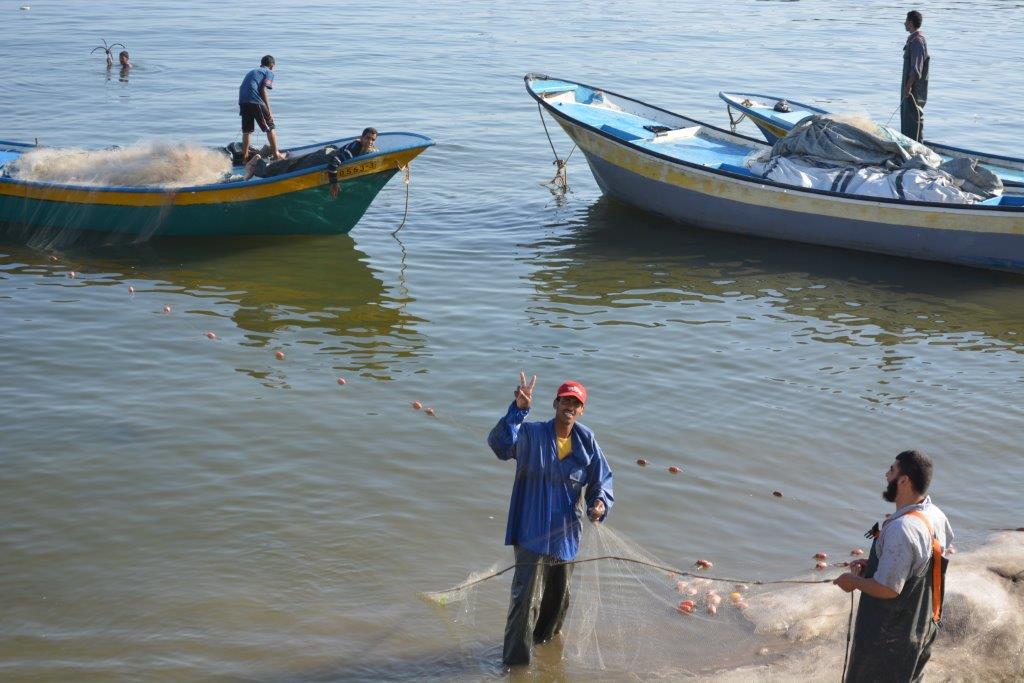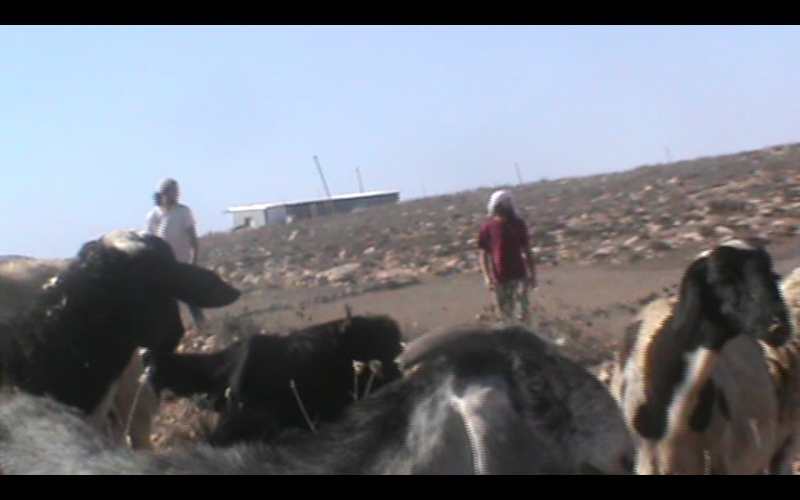Tag: Farmers
-
Journal: Farming in Gaza near the Buffer Zone
9th November | Rina Andolini | Khuza’a, Occupied Palestine The farmers are rarely talked about. They blend into the background of the lands beyond the destroyed buildings of the towns. The reality is though, they are facing a battle themselves. Many farmers have had their homes, and farmland attacked. Farm land attacked I repeat, I mean, who…
-
Final journal from Gaza
17th September | Charlie Andreasson | Gaza, Occupied Palestine This is what seems to be the last thing I will write from Gaza. Not that there is nothing more to tell, there lies a new story under every stone, but because I will soon leave this small coastal strip where there is so much to…
-
Israeli settlers attacked internationals and a Palestinian shepherd
15th September | Operation Dove | At Tuwani On September 14th, two Israeli settlers attacked a Palestinian shepherd and two international near the Israeli outpost of Mitzpe Yair, in the South Hebron Hills area. During the aggression, the settlers stole video cameras from the internationals and broke one of their phones. Israeli police detained the…



